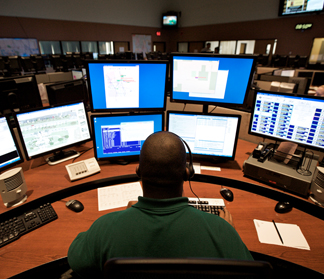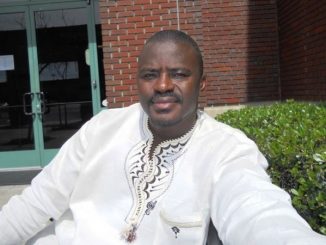
By SLP Media & Communications Unit :
In the dynamic environment of modern policing, the move to community local policing means that the police rely increasingly on a willing public supporting their investigative roles by supplying them with information or providing an early warning to ;police when there is the likelihood of a crime being or about to be committed. To create the situation wherein the public can be so alert in supporting police at local levels, there should be methods of communication that are accessible to both the police and the public. These days, the mobile phone can do much more than transmit information between two people. It can be used to take and broadcast pictures text and speech to much more than one person at a time. The internet is also an important communication tool and this too is lodged in some smart phones. Its use in relation to community policing cannot be over emphasized and their significance diminished in any way.
It is the case however that Information and communication resources are not currently at the fingertips of the Sierra Leone Police, at least not in the way that allows for an officer on the streets to keep in touch with a central communications unit at the touch of a button. Police communications are necessarily two fold. Those that relate to intelligence gathering and information collation that relate directly to the identification and assessment of incidences that may be of interest to local policing. In Western countries, every vehicle is locked in to a police database, such that the police can tell the owner, driver and insurance company details of a vehicle by a simple query of the vehicle’s license number. Alternatively, a citizen’s name address and date of birth could bring up every information of police interest by two way communication within a real time response framework and clear identification system duly logged on electronic data systems.
The existence of such sophisticated architecture of information retrieval and communications systems not only reduces the incidence of the type of police engagement that could be interpreted as abrasive to the extent that allegations of heavy handedness are made but also also minimize allegations of police brutality due to the systemic processing and management of scenarios. Notwithstanding the absence of such systems the Sierra Leone Police is determined in its efforts to offer a professional and community based policing strategy to accord fairness and respect for all citizens who come across the police in an operational theatre.
The Police have a difficult task indeed when in attempting to maintain stability and protect life and property, there are instances where reasonable force may be required. The essence of reasonable force can be determined as that amount of force necessary to contain a situation and to avoid it from exploding into a more volatile and lawless scenario. In these instances, the police are damned if they do anything to contain violence and damned equally if they do nothing. Instances abound, even in the United Kingdom when an operational decision by the Metropolitan Police was to do nothing and in consequence, riotous conduct resulted in the loss of and damage to property. However, the Metropolitan Police had a fallback on CCTV Cameras across London and they were able to capture some of the culprits long after they had gone home through electronic footage. It is for this reason that the recent announcement by the Inspector General of Police that his force is actively considering introducing CCTV to Freetown’s streets must be applauded as contemporary policing.




Leave a Reply